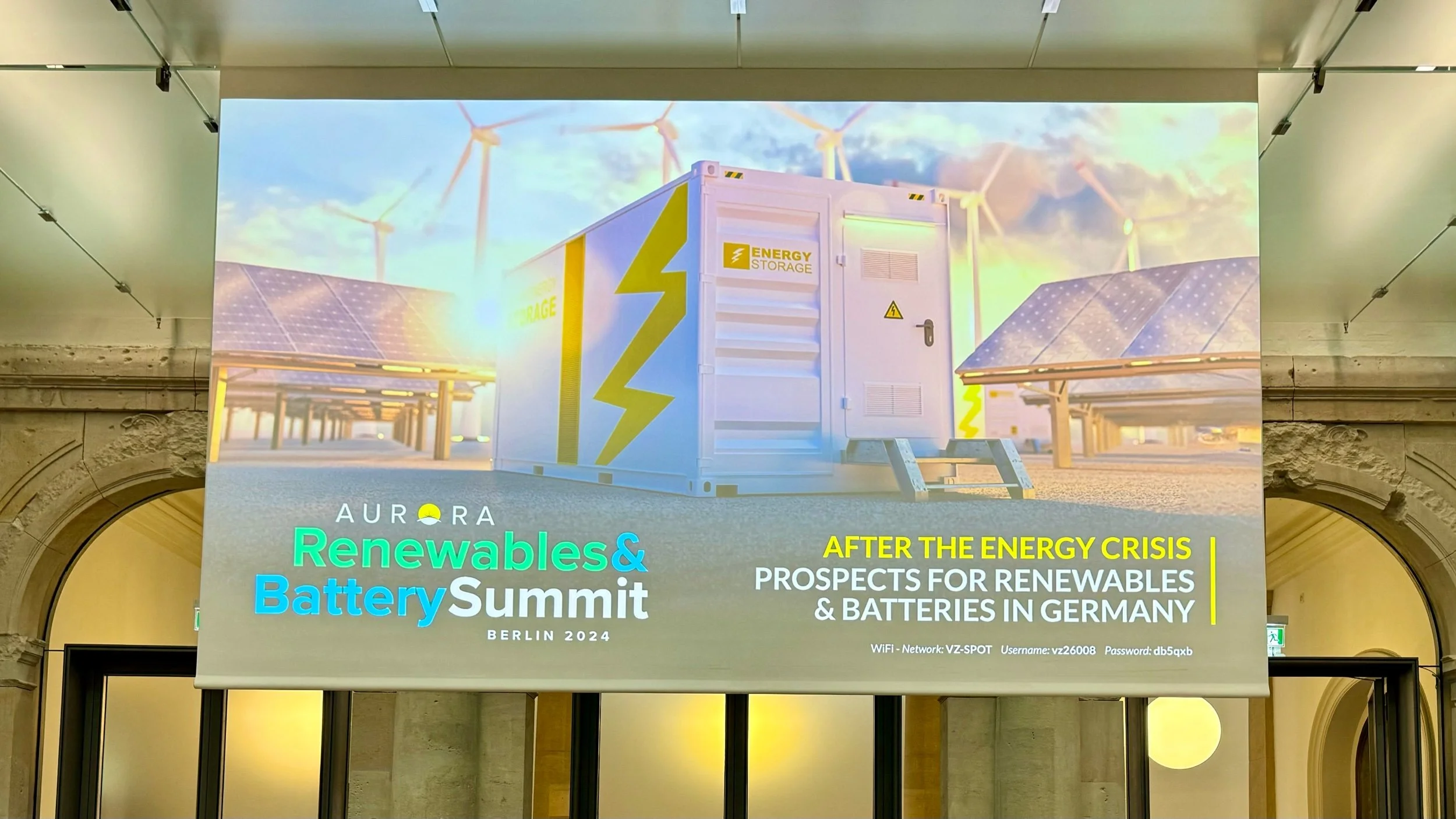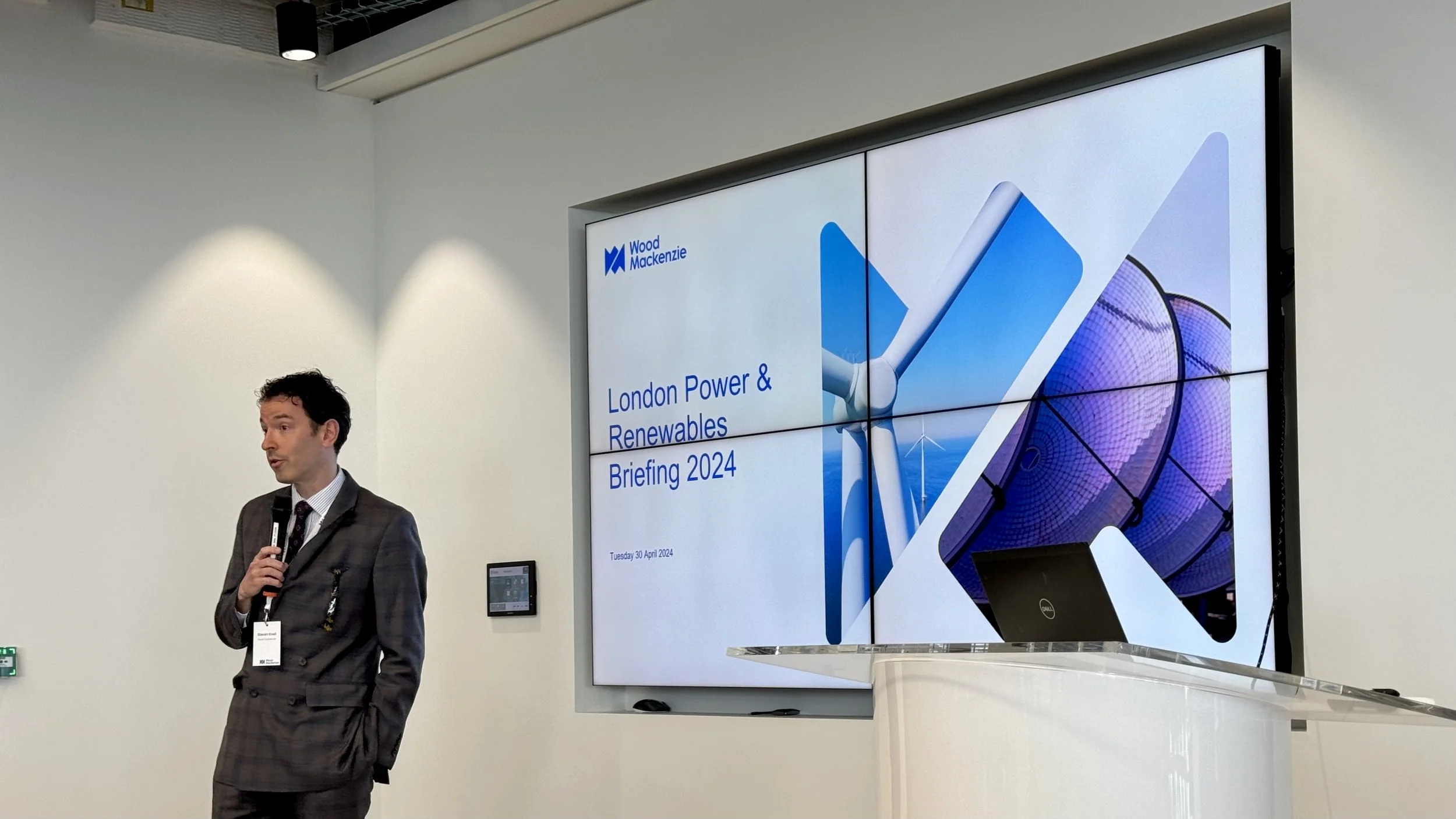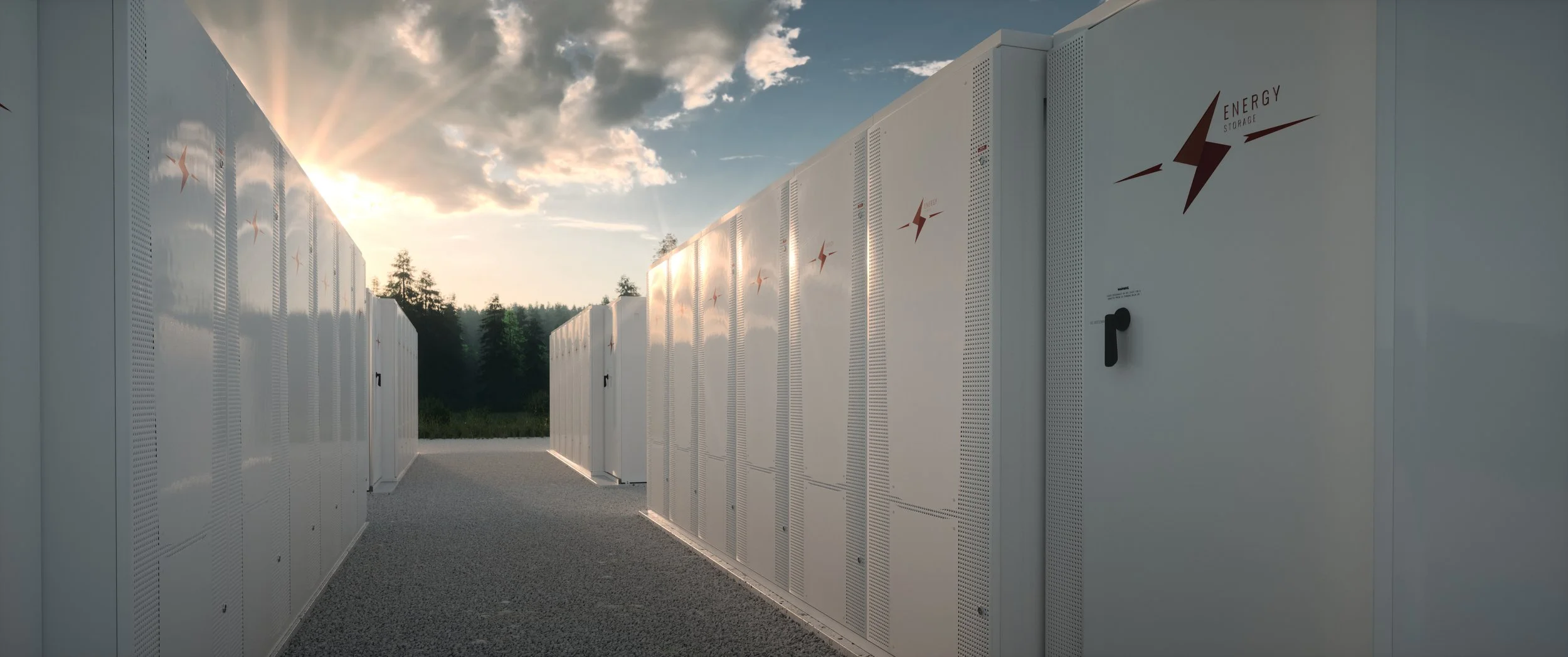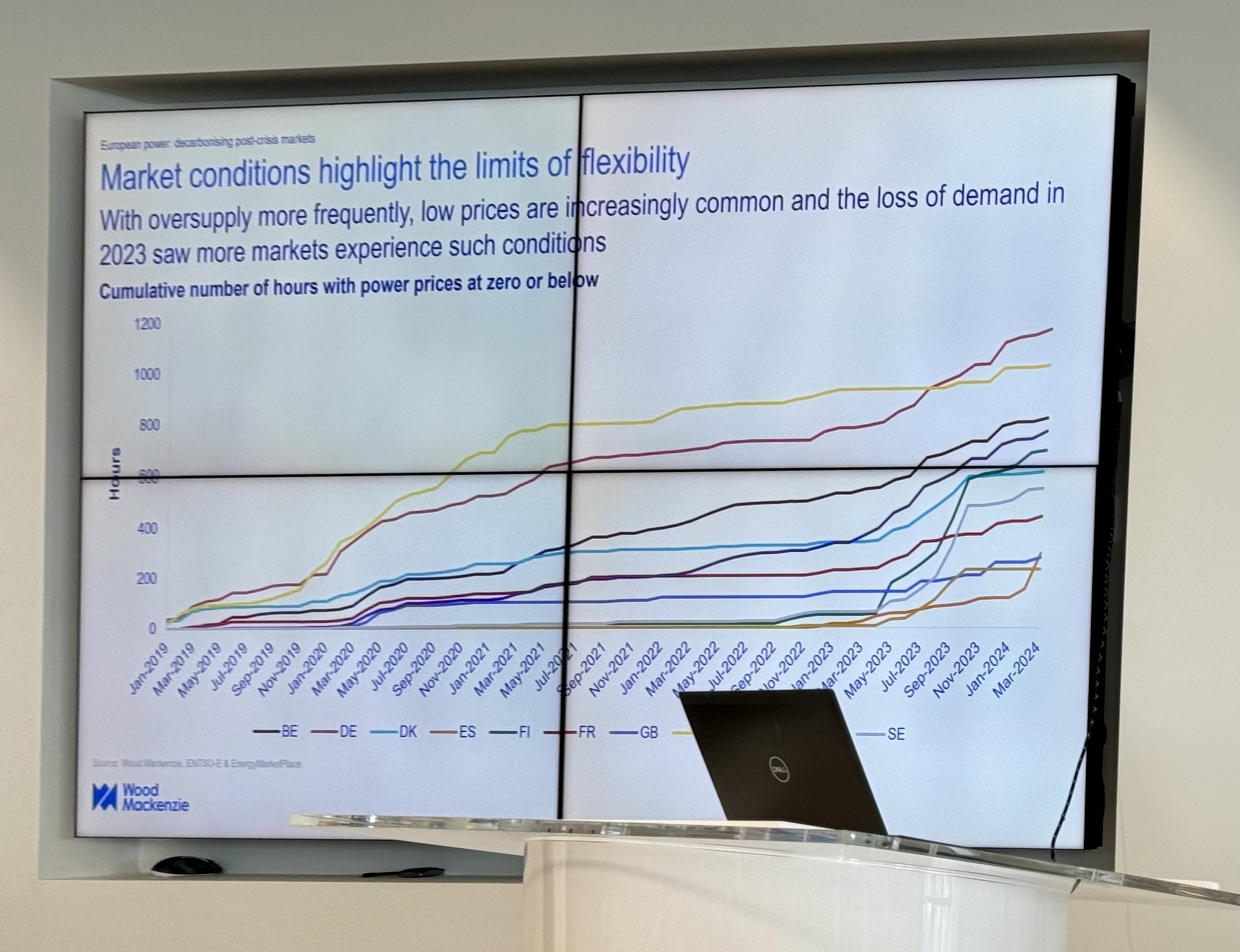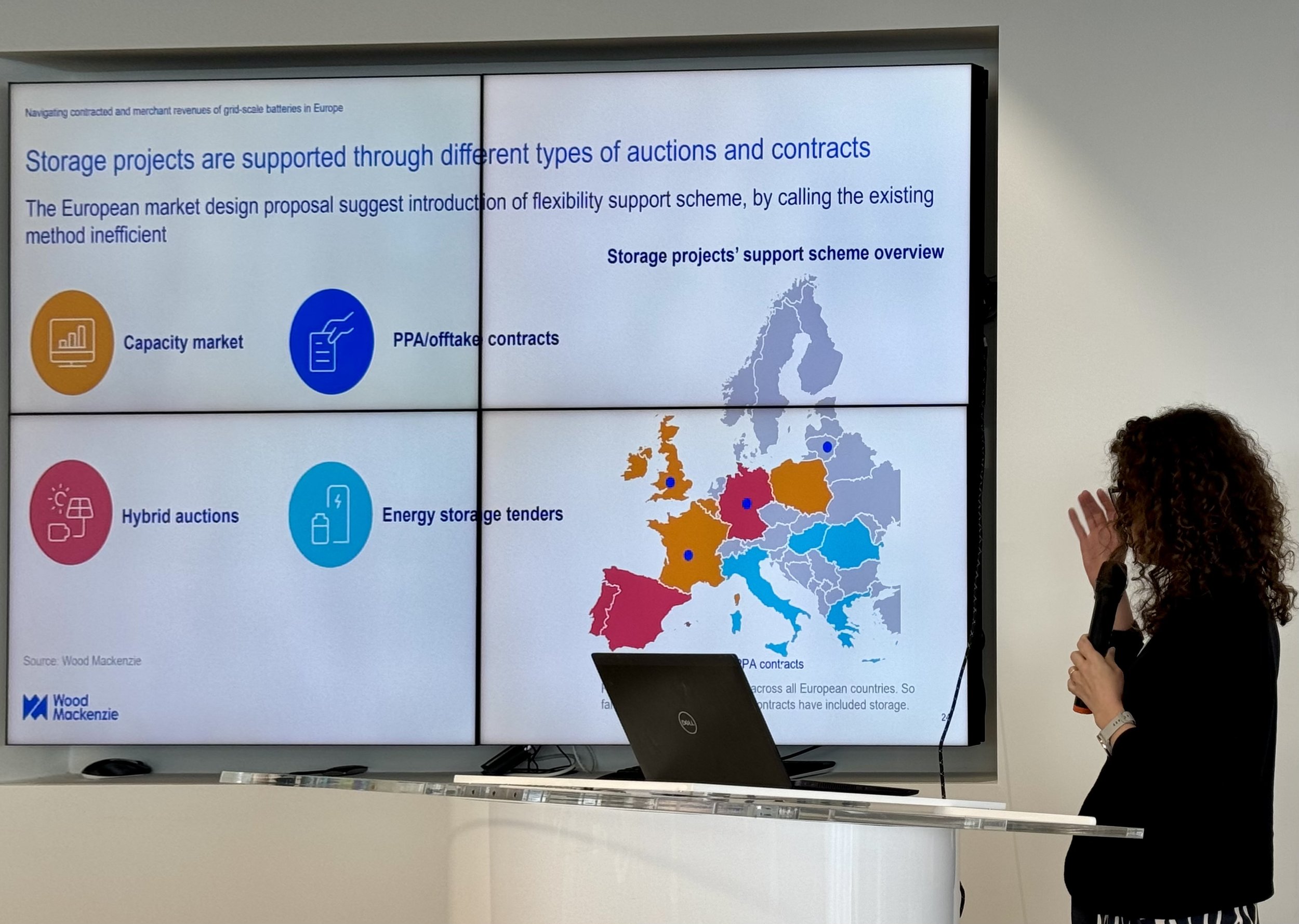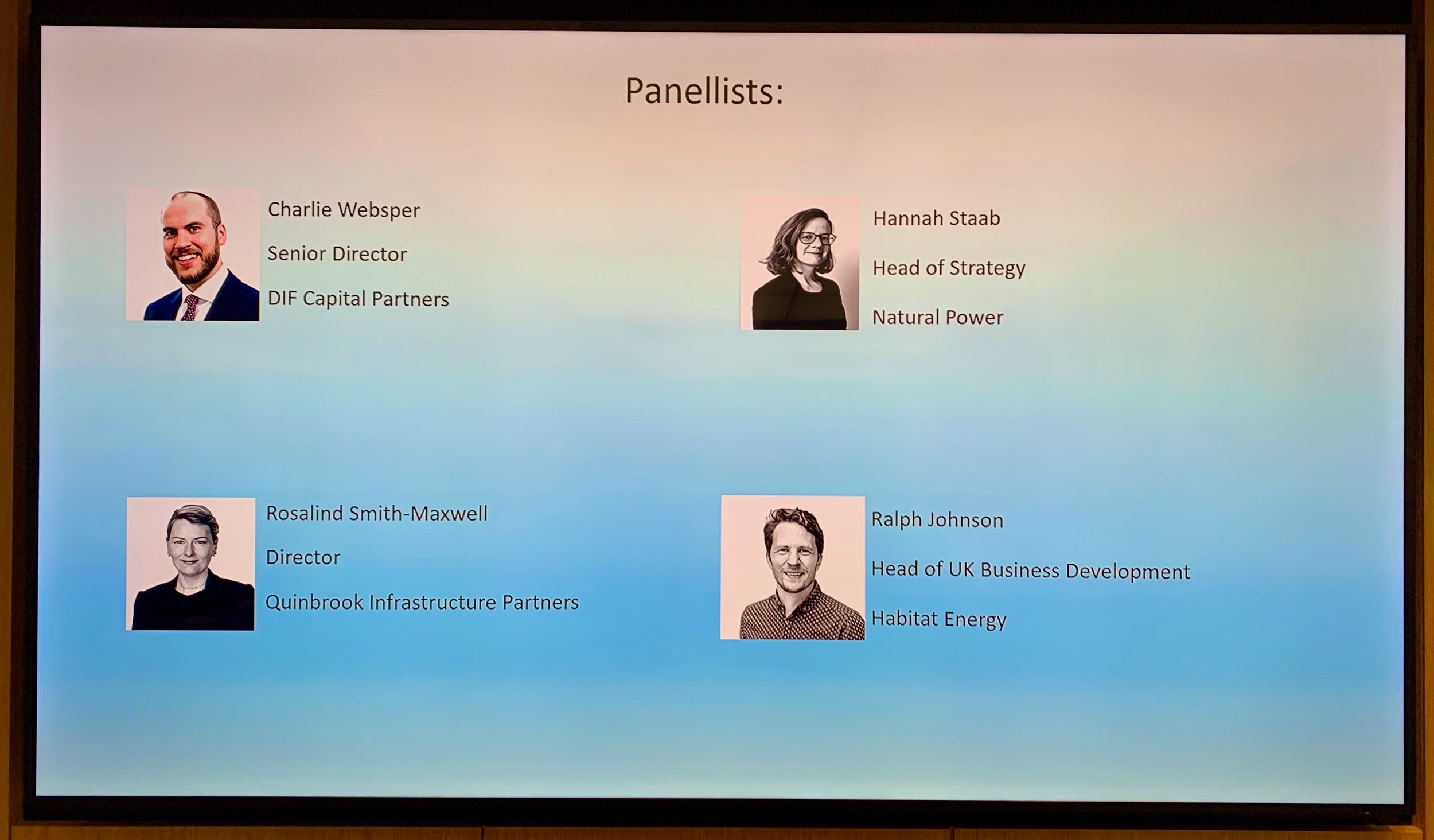The high energy prices are on everybody’s mind currently. Millions of people are getting pushed into energy poverty, and thousands of small and large businesses are being pushed to the brink, just one year after the Covid pandemic. There is even talk about potential blackouts (whole areas getting disconnected from the electricity grid) in winter.
In the search for solutions, it is helpful to remember that most Western countries faced two similar crises in the 1970s. But instead of gas, oil was a scarce commodity. Another war was the trigger back for the first one in 1973 and a revolution for the second one in 1979.
How did politicians, businesses, and society react back then? And what were the long-term consequences?
1973 Crisis
In 1973 several Middle Eastern countries attacked Israel in what became known as the Yom Kippur War. The USA, under President Nixon, quickly started supporting Israel with weapons and financial aid.
The Organization of Arab Petroleum Exporting Countries (OAPEC) placed an embargo on oil exports to the USA and other Western countries from October 1973 until January 1974. During that time, the oil price increased four times from $2.90/barrel to $11.65/barrel. The aim of the embargo was to stop Western countries from supplying Israel with military aid. It only came to an end as the US got involved in the negotiation to end hostilities between the different warring parties in the Middle East
.
1979 Crisis
The Iranian Revolution in 1979 didn’t affect oil production noticeably but caused a panic in the market, and prices doubled again over a short period. This was followed by an actual drop in oil production in 1980 with the start of the Iraq-Iran War.
Consequences
Recessions
A perfect storm hit the Western world in 1973, which ended the continuous rise in wealth and quality of life that had followed the end of the Second World War.
The oil shock contributed to skyrocketing inflation which started in 1971 after Nixon removed the dollar-gold link. The resulting stock market crash was the biggest one since the Great Depression.
Effect on everyday life
Most people were directly impacted by higher electricity prices and shortages of petrol. Long queues formed at petrol stations whenever some supply was available. And some governments in the Western world rationed petrol. Several countries like Germany and Switzerland introduced car-free weekends to reduce demand.
These high prices had a lasting impact on the preferences of car buyers. They shifted from large V8 or even V12 engines to smaller, more compact cars. This benefited European and Asian car manufacturers, which traditionally sold more fuel-efficient vehicles.
In the UK, the situation was even worse due to the coal miners’ strike (a significant source of electricity production back then). People were told to heat only one room in their houses, and companies were to work only for three days a week.
Long-term effects
Creation of strategic reserves
The embargo validated the European nations’ effort to build up stockpiles of oil (so-called strategic reserves) which they had started even before the oil embargo. In 1975 the USA followed suit and created its own.
Change in the energy mix
The high oil prices led western countries to stop using oil for electricity production. This led to a renewed interest in building nuclear and gas-fired power stations.
Some countries looked for other forms of energy. Israel introduced solar heaters for residential homes. And Brazil began adding Ethanol to the petrol sold at the pump.
New oil sources were explored in places like the Artic, the Deep Sea, the North Sea and Siberia to break OPEC’s monopoly.
The International Energy Agency was set up to advise governments around the world on energy strategy and to monitor future developments.
Drive to improve energy efficiency
The high petrol and electricity prices made consumers look for more efficient cars and appliances.
A speed limit of 55 mph on highways was introduced in the USA, as well as fuel economy standards for vehicles.
Oil glut
All these efficiency measures mentioned above (plus the production from new oil fields) soon led to an oversupply of oil in the 1980s, which in turn led to a crash in the oil price. This weakened OPEC’s power significantly.
Lessons to be learned for today
What can we learn from the oil shocks that can help us in the short term? And what might be the long-term consequences?
Short-term options
I’m afraid there is no easy fix for the short-term pain. It takes years to develop oil and gas fields. And Europe is competing with Asia for the available liquified natural gas (LNG) on the world market.
All we can do for now is reduce our thermostats, run washing machines either in the middle of the day or at night, and switch off lights when we are not in the room.
Governments can help to ease the pain by subsidising part of the electricity prices that consumers and companies have to pay.
Longer-term changes
The fundamental changes will happen over the medium to long term. If the 1970s oil shocks are any indication, consumers and businesses will invest in energy efficiency to lower their bills. This will likely take the form of better building insulation, heat pumps and roof-top solar photovoltaic installations.
Most Western governments now understand that natural gas can easily be weaponised. And the climate emergency makes a return to coal-fired power stations unlikely.
This leaves nuclear (fission or fusion) and renewables (solar, wind, tidal etc…) combined with energy storage as the only other options.
Nuclear Energy
The old nuclear industry (fission or splitting atoms) has a strong lobby and the backing of several governments. It is expensive to build classic nuclear reactors, and we still haven’t figured out how to safely dispose of the waste. But these reactors can produce electricity 24/7 in constant quantities (baseload).
Nuclear fusion (combining two hydrogen atoms into one helium atom) can produce vast amounts of energy. Our sun works this way. Hydrogen is the most abundant element in the universe, and fusion reactors can’t have meltdowns (without constant pressure, the process stops).
But the big question is if we can develop the technology to handle the extreme heat and pressure required to make fusion happen. So, it is a bit of a wild card when we want to predict the future energy mix.
Renewable Energy
Renewable energy is the cheapest option and can be rapidly built out. But the sun doesn’t shine at night, and the wind doesn’t always blow. And because of space requirements, most solar plants and wind parks are built far away from large population centres.
To switch to a one hundred percent renewable energy mix, we would need to build new power lines and find a cheap and efficient way to store vast amounts of electricity for several months at a time.
Over the long term, we will transition away from fossil fuels and classic nuclear energy (fission). But it will be a slow and gradual process.
Hydrogen
Some of you might ask: But what about hydrogen to store and produce energy? That will solve all our problems.
I’m afraid I have to rain a bit on your parade. Hydrogen is not an efficient medium for electricity storage, as about half of the energy is lost in the process of creating hydrogen. This compares to about 10 percent when storing electricity in batteries.
Hydrogen has a place, but it will be in the chemical industry, in processes that require constant high heat (for example, steel or glass making) or in long-range transport vehicles (lorries, large container ships and long-haul airplanes).
Summary
To summarise things:
- There were two energy crises in the 1970s from which we can learn.
- In the short term, we can only cut back our energy use, and governments can help ease the financial pain.
- In the long term, we will transition away from gas for heating and electricity production. Nuclear energy and renewables will replace gas, but each technology has its own challenges.
- Hydrogen is inefficient for energy storage, as half of the electricity is lost in the process of creating the hydrogen.
The exact shape of our energy future will be decided by governments in the end. Some have a strong preference for nuclear energy (like France), and others prefer wind and hydro-power (like Norway).
And not all countries have the same weather conditions. Spain has a lot of sunshine, Scotland is very windy, and Switzerland is a land-locked mountainous country.
